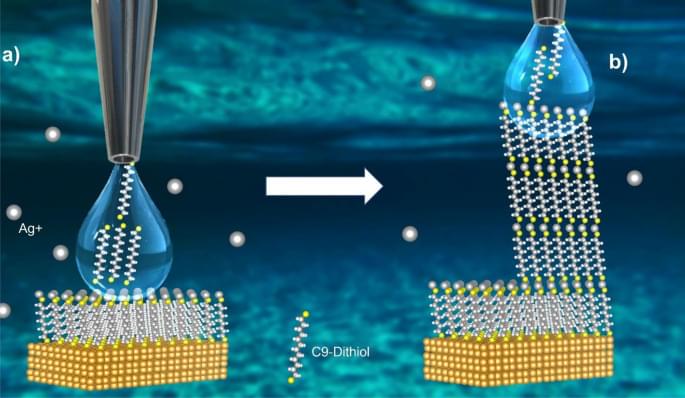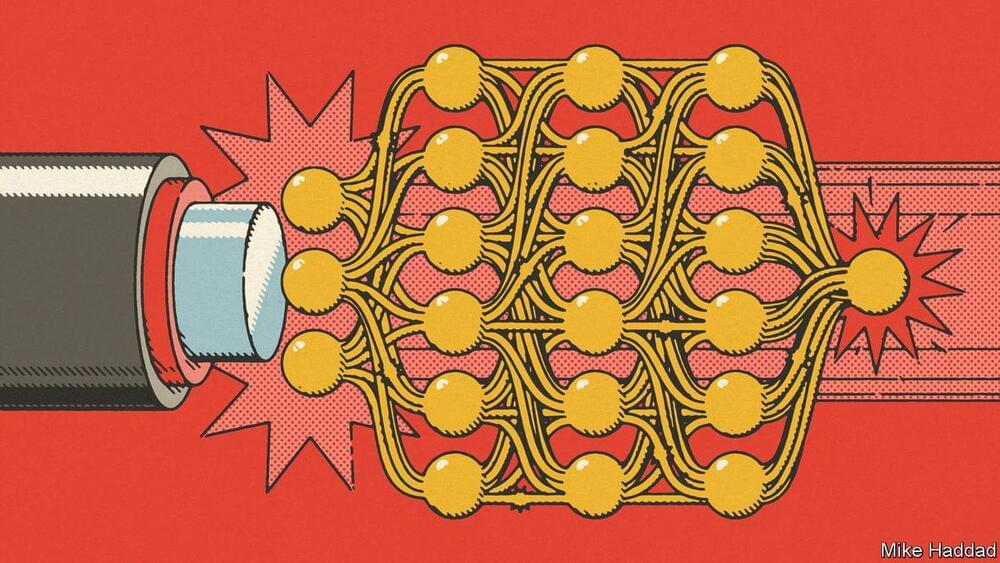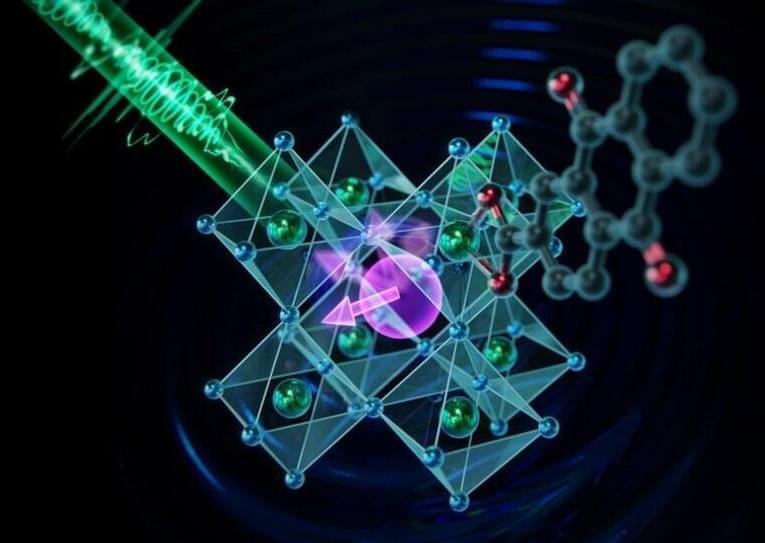The FTX/Alameda saga continues, with news late Wednesday that two key Sam Bankman-Fried associates have been charged with federal criminal offenses in the U.S.: Both former Alameda CEO Caroline Ellison and FTX co-founder Gary Wang pleaded guilty to multiple charges, and accepted plea agreements that offer reduced sentencing in exchange for assistance in ongoing investigations into wrongdoing at FTX/Alameda that prove “substantial.”
Meanwhile, Sam Bankman-Fried was also extradited to the U.S. from the Bahamas on Wednesday, facing suits by the SEC and CFTC over fraud, as well as federal criminal charges. When Southern District of New York attorney Damian Williams announced the charges at a press event last week, he noted that his office was “not done” in terms of levying additional charges, and now we know Ellison and Wang were at least some of the individuals he was referring to at the time.
Ellison and Wang are likely to be key witnesses for the feds in the SBF case, given that they are most likely to have direct and best knowledge that SBF knew about the use of FTX customer funds to cover Alameda’s risky crypto trading bets.









